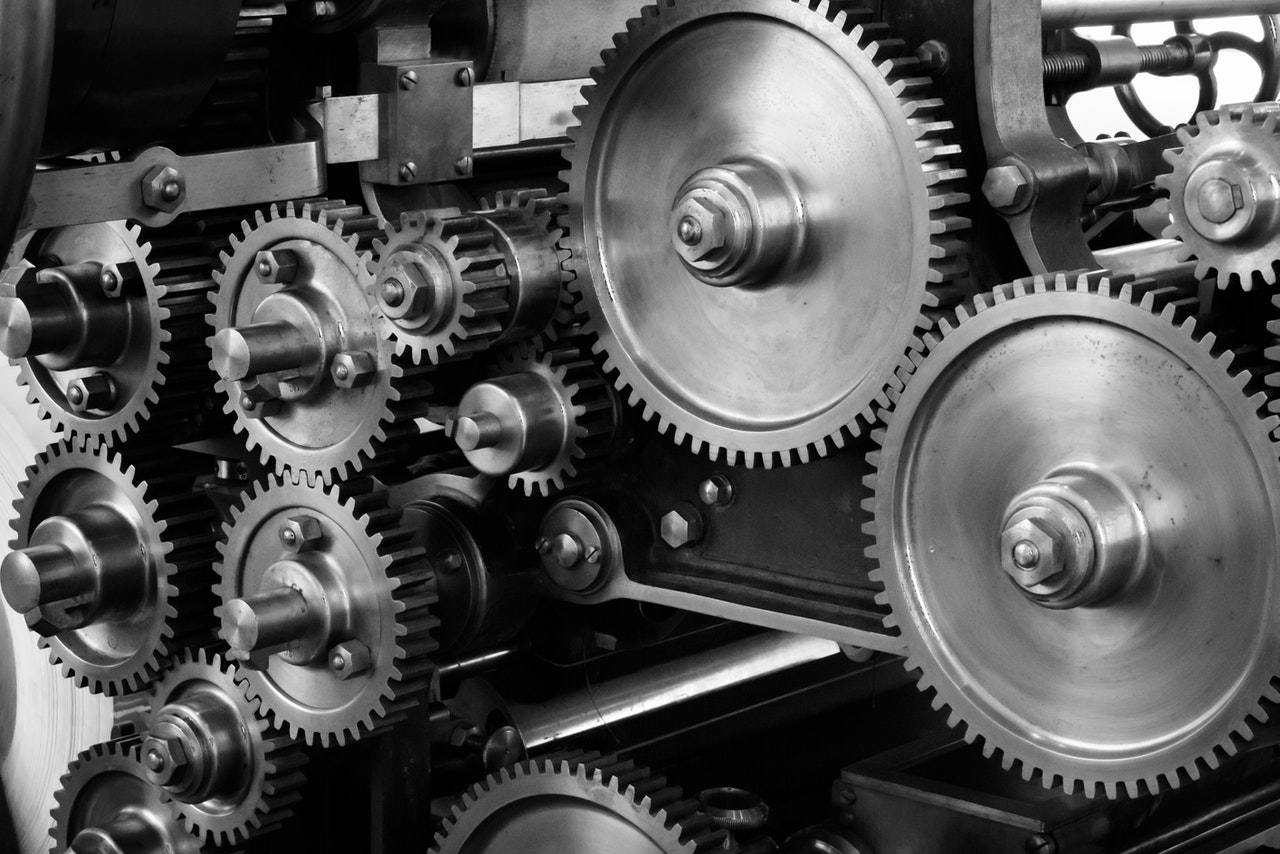Elina Huttunen-Saarivirta
VTT Technical Research Centre of Finland Ltd
Advanced materials are in the core of the civilized society. Imagine transportation, power generation or the manufacturing of our daily necessities without metals and alloys carrying the loads or thin film and coatings providing the surface functionality – impossible! The volume of global crude steel production: over 1800 million tons per year [1], reflects the importance of steel in the community, and new modern steels are continuously developed to meet both the performance and sustainability requirements. The use of thin films and surface coatings is often a cost-efficient and versatile way of accommodating to the functionality criteria set by the operational environment. Indeed, during the recent decades, technological change and economic progress have grown ever more dependent on advanced materials, both alloys and surface coatings, due to increasingly complex industrial environments [2]. Thus we are more dependent on the performance of advanced materials than ever.
What are we then talking about when referring to materials performance? Materials performance can be defined as the ability of materials to respond to the system requirements, for example, to maintain their shape and load-bearing capacity under operation conditions. It is not an inherent material property like heat capacity or strength, yet ultimately defined by the properties and microstructure. Additionally, the system variables, like the chemistry of the environment or the contact to the tribological counterbody, significantly influence the ability of the material to behave as planned. In order to maximise the lifecycle of materials and components and keep them in service for as long as possible, the reliable and predictable materials performance under the operation conditions is crucial. In a bigger picture, we’re dealing with such issues as resource efficiency and competitiveness of businesses using the materials and components in their assets and as a part of production processes. The following numbers provide some examples of the magnitude of impact of materials performance issues. In process and chemical industries, corrosion is the most important material failure mechanism and globally the cause of costs worth approximately to 1-5 % of Gross Domestic Product (GDP) [3, 4], meaning in Finnish scale up to 12 billion € losses annually. In turn, in heavy machinery, roughly one fourth of the total energy (30% in transportation sector, 23% in power generation and manufacturing sectors) is consumed to overcome friction [5]. Worldwide, the annual financial losses by friction reach roughly the same magnitude as corrosion, 2 trillion €. Besides causing huge financial losses, corrosion shrinks the raw materials loops and friction and friction adds the industrial CO2 emissions. Holmberg and Erdemir [5] have estimated that by taking advantage of the new surface coatings, advanced materials and lubrication technologies, 40% of the costs by materials performance challenges and over 3 Gt CO2 emissions could be potentially saved in a long term (15 years). Such cost savings will definitely provide competitive edge for their beneficiaries, with lowered CO2 going towards the carbon neutrality goal. And these are just the impacts by corrosion and tribology!
While watching news and reading newspapers or magazines, we are daily encountered with the megatrends of climate change and resource sufficiency. We all know the actions that are needed to combat them: reducing the dependency on fossil fuels by shifting to nuclear and renewable energy, such as wind energy and hydropower, and the electrification of traffic, and closing the raw material loops. In all these, advanced materials and particularly materials performance play a key role. However, bringing new technologies, such as electric vehicles, in the society does not happen at once. It is a lengthy process, which progresses along with the replacement of aging infrastructure and fleet. Meanwhile, we can, as pointed out in the previous chapter, make a significant contribution by optimizing the materials and their performance in the existing industrial systems. This is why we have initiated the Materials Performance Competence Spearhead (PerforMat). Stay tuned: in the future we will share knowledge and highlights from our activities.
References
1. https://www.worldsteel.org/en/dam/jcr:96d7a585-e6b2-4d63-b943-4cd9ab621a91/World%2520Steel%2520in%2520Figures%25202019.pdf (viewed on 24th February 2021)
2. W. Fürbeth, M. Schütze, Progress in corrosion protection as a requirement for technical progress. Materials and Corrosion 60, 2009, 481-494.
3. V.S., Sastri, Challenges in Corrosion: Costs, Causes, Consequences, and Control. John Wiley & Sons, New Jersey, USA, 2015.
4. B. Hou, X. Li, X. Ma, C. Du, D. Zhang, M. Zheng, W. Xu, D. Lu, F. Ma, The cost of corrosion in China. npj Materials Degradation 1, 2017, 4.
5. K. Holmberg, A. Erdemir, Influence of tribology on global energy consumption, costs and emissions. Friction 5, 2017, 263-284.

